Best Bathroom Plants
- February 7, 2024
- 0 comment
Transforming your bathroom into a tranquil oasis involves more than just luxurious towels and scented candles. Introducing plants into your bathroom can enhance its aesthetic appeal while also improving air quality and creating a soothing atmosphere. In this article, we’ll explore a curated selection of the best plants to thrive in the bathroom environment, bringing a touch of nature into your daily routine.
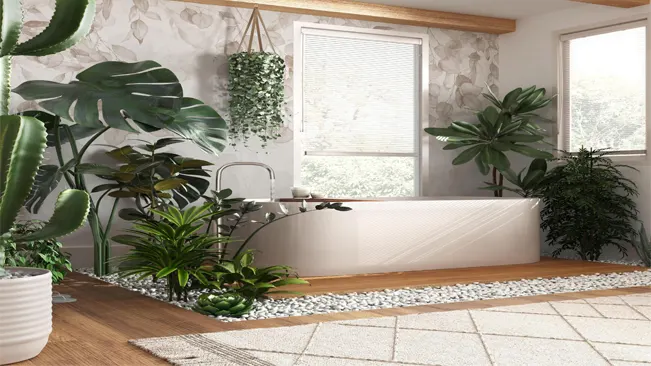
Benefits of Bathroom Plants
| Description | |
|---|---|
| Improved Air Quality | Many plants act as natural air purifiers, absorbing toxins and releasing oxygen. This can help remove pollutants and create a healthier indoor environment. |
| Increased Humidity | Plants release moisture through a process called transpiration, which can help increase humidity levels in the bathroom. This is particularly beneficial in dry climates or during the winter months when indoor air tends to be drier. |
| Enhanced Aesthetic Appeal | Plants add a touch of natural beauty to the bathroom, softening harsh lines and creating a more inviting atmosphere. They come in various shapes, sizes, and colors, allowing you to personalize your space and create a soothing oasis. |
| Stress Reduction | Research suggests that being around plants can reduce stress levels and promote relaxation. The presence of greenery in the bathroom can create a calming environment, encouraging relaxation during baths or showers. |
| Privacy and Greenery | Depending on the placement of the bathroom, having plants in windows or on shelves can provide privacy while still allowing natural light to filter through. Plants also add a sense of tranquility and connection to nature, even in urban settings. |
| Functional Benefits | Certain plants, such as Aloe Vera, have practical uses beyond aesthetics. Aloe Vera, for example, is renowned for its healing properties and can provide relief for minor burns and skin irritations. Incorporating such plants adds both beauty and utility to the space. |
Peace Lily (Spathiphyllum)
The Peace Lily is renowned for its ability to purify the air, making it an ideal choice for the bathroom. It thrives in low light conditions and prefers consistently moist soil, making it well-suited to the humid environment often found in bathrooms. Its glossy green leaves and elegant white blooms add a touch of elegance to any space while promoting a sense of serenity.
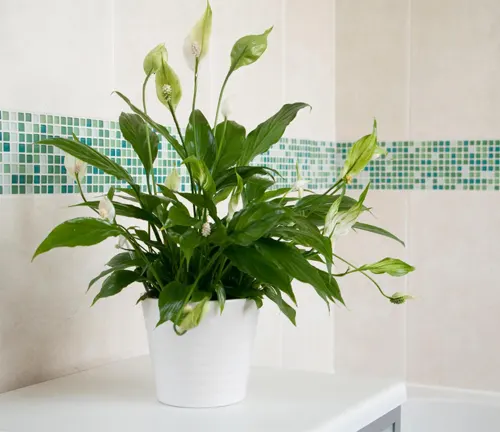
Snake Plant (Sansevieria trifasciata)
Known for its resilience and air-purifying properties, the Snake Plant is a popular choice for bathrooms. It can tolerate low light and irregular watering, making it perfect for those with busy schedules. Its tall, upright leaves add a vertical element to your bathroom decor, making it an excellent choice for smaller spaces.
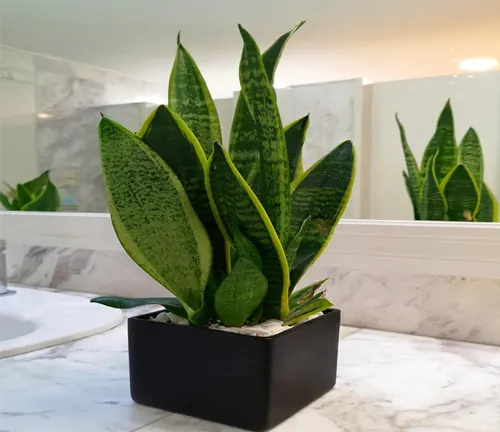
Spider Plant (Chlorophytum comosum)
The Spider Plant is prized for its ability to thrive in various conditions, making it an excellent choice for bathrooms with different lighting levels. Its long, arching leaves and cascading stems create a visually appealing display, while its air-purifying qualities contribute to a healthier indoor environment. Spider plants are also known for their ease of care, making them suitable for beginners.
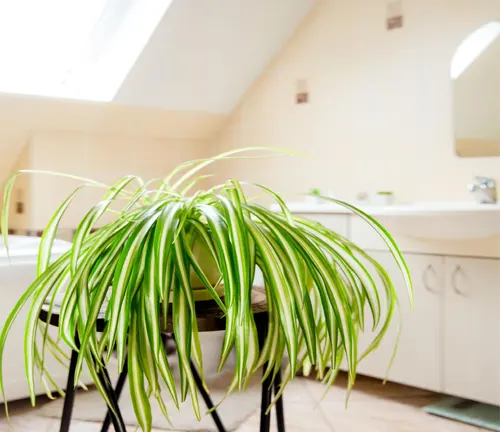
Boston Fern (Nephrolepis exaltata)
For those seeking a touch of lush greenery in their bathroom, the Boston Fern is an excellent option. Its feathery fronds add a soft, elegant touch to any space, creating a tropical ambiance. Boston Ferns thrive in the high humidity levels typically found in bathrooms and benefit from indirect light. Regular misting and watering will keep this fern looking its best.
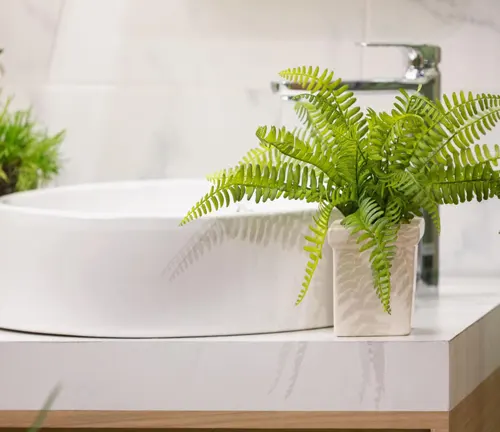
Pothos (Epipremnum aureum)
Pothos, also known as Devil’s Ivy, is a versatile and low-maintenance plant that thrives in bathrooms. Its trailing vines and heart-shaped leaves add a whimsical touch to any space, whether placed on a shelf or suspended from a hanging planter. Pothos tolerate low light conditions and irregular watering, making them an excellent choice for busy individuals.
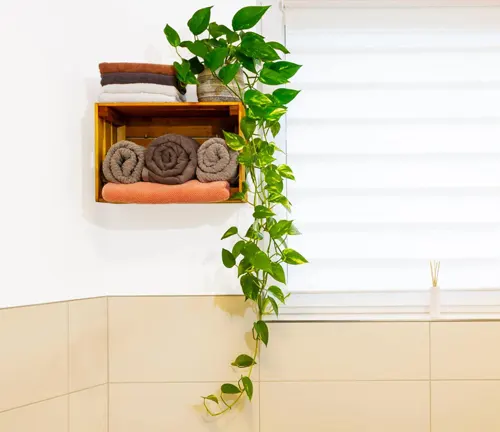
Aloe Vera
Aloe Vera is not only a popular choice for its medicinal properties but also for its aesthetic appeal. Its spiky leaves and striking silhouette add a sculptural element to your bathroom decor. Aloe Vera thrives in bright, indirect light and prefers well-draining soil. Its gel-filled leaves provide soothing relief for minor burns and skin irritations, making it a functional addition to your bathroom sanctuary.
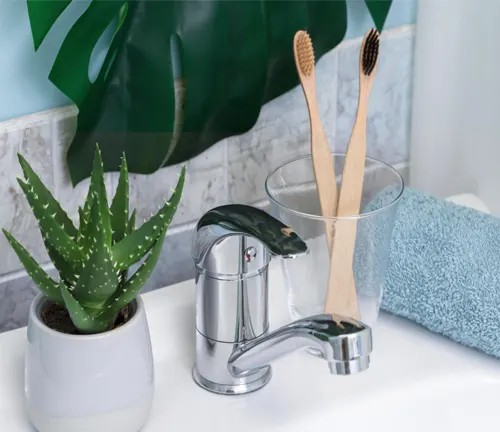
Care and Maintenance
Light Requirements
Assess the natural light conditions in your bathroom. While bathrooms typically have lower light levels, some may still receive indirect sunlight. Choose plants that can tolerate low to moderate light conditions, such as Snake Plants, Peace Lilies, or Pothos. Rotate plants occasionally to ensure even growth if they receive light from only one direction.
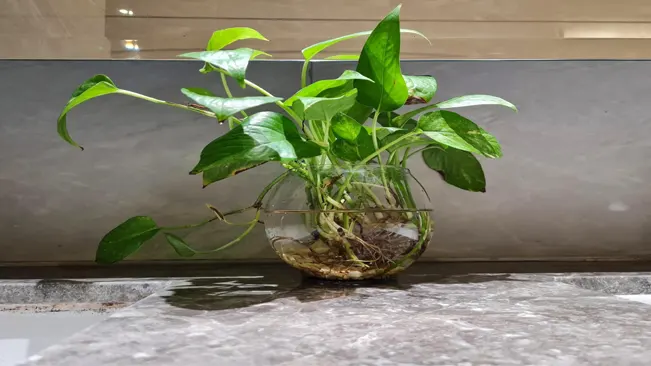
Watering
The high humidity levels in bathrooms can affect watering requirements. While some plants may benefit from the moisture in the air, it’s essential not to overwater, as this can lead to root rot. Check the moisture level of the soil regularly and water only when the top inch of soil feels dry. Ensure that pots have drainage holes to prevent water from pooling at the bottom.
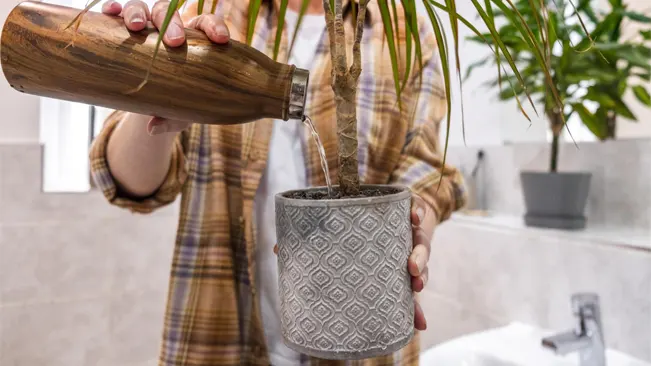
Humidity
Most bathroom plants appreciate high humidity levels, but be cautious of excessive moisture, which can lead to fungal issues. Grouping plants or placing them near the shower can help create a more humid microclimate. Regular misting of the foliage can also increase humidity levels and prevent the buildup of dust.
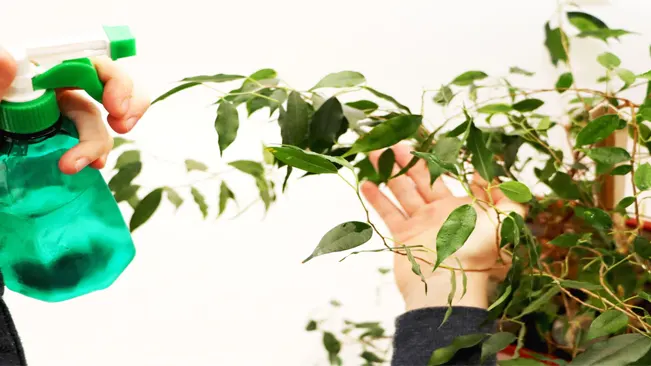
Temperature
Most indoor plants prefer temperatures between 65°F to 75°F (18°C to 24°C). Avoid exposing plants to extreme temperature fluctuations or drafts, which can stress them. Keep an eye on ventilation systems and heaters, as they may affect the temperature and humidity levels in the bathroom.
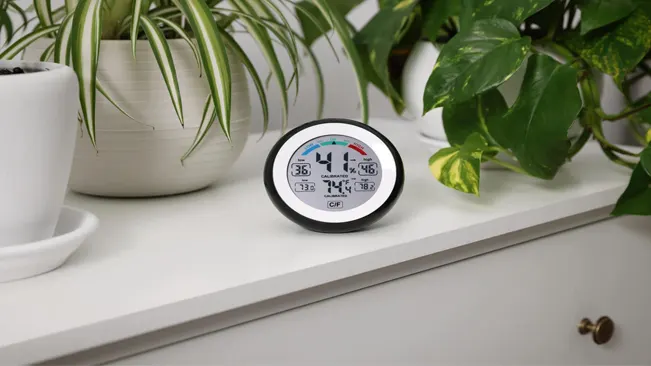
Pruning and Maintenance
Regularly inspect your plants for signs of pests, yellowing leaves, or wilting. Remove any dead or yellowing foliage to encourage healthy growth. Prune leggy growth to maintain a compact and attractive appearance. Wipe dust off leaves periodically to allow for better photosynthesis.
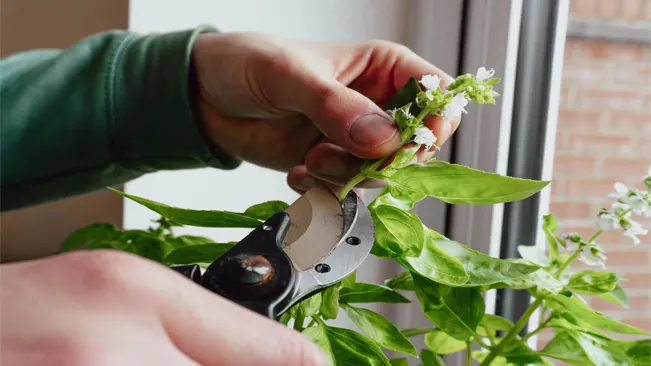
Fertilizing
During the growing season (typically spring and summer), consider fertilizing your plants every 4-6 weeks with a balanced, water-soluble fertilizer diluted to half-strength. Reduce or cease fertilization during the winter months when plant growth slows down.
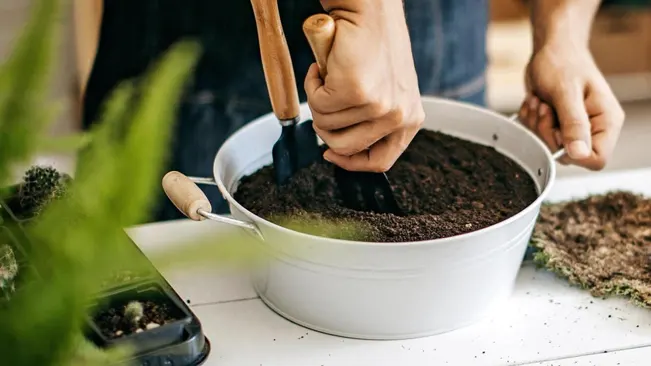
Potting Soil
Use a well-draining potting mix specifically formulated for indoor plants. Avoid using heavy or compacted soils, as they can retain too much moisture and lead to root rot. Repot plants as needed to refresh the soil and provide room for root growth.
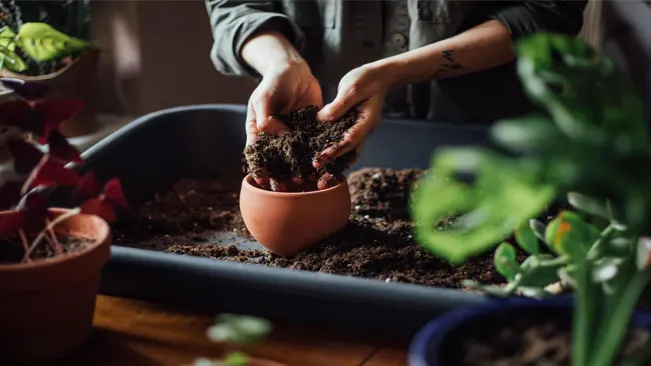
Pest Control
Keep an eye out for common indoor plant pests such as aphids, spider mites, or mealybugs. If you notice any signs of infestation, isolate affected plants and treat them promptly with insecticidal soap or neem oil, following the manufacturer’s instructions.
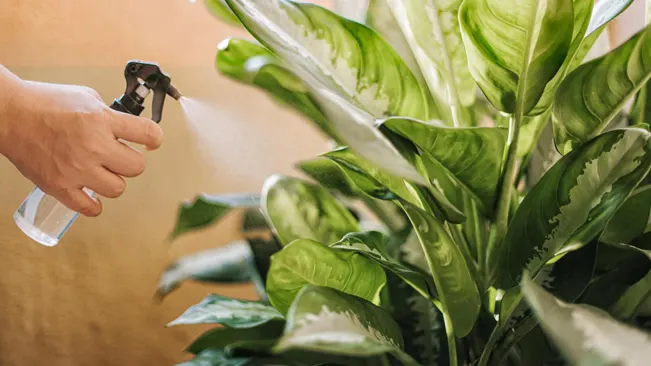
Bathroom Plants Pros and Cons
Pros
- Improved Air Quality: Many plants act as natural air purifiers, helping to remove toxins and pollutants from the air, which can lead to better indoor air quality.
- Increased Humidity: Plants release moisture through transpiration, which can help increase humidity levels in the bathroom, particularly beneficial in dry climates or during the winter months.
- Aesthetic Appeal: Plants add a touch of natural beauty to the bathroom, softening harsh lines and creating a more inviting atmosphere. They come in various shapes, sizes, and colors, allowing for the personalization of the space.
- Stress Reduction: Research suggests that being around plants can reduce stress levels and promote relaxation. The presence of greenery in the bathroom can create a calming environment, encouraging relaxation during baths or showers.
- Privacy and Greenery: Depending on the placement of the bathroom, plants in windows or on shelves can provide privacy while still allowing natural light to filter through. Plants also add a sense of tranquility and connection to nature.
- Functional Benefits: Some plants, such as Aloe Vera, have practical uses beyond aesthetics. Aloe Vera, for example, is renowned for its healing properties and can provide relief for minor burns and skin irritations. Incorporating such plants adds both beauty and utility to the space.
Cons
- High Humidity Requirements: While many plants thrive in the humid environment of a bathroom, not all do well with consistently moist conditions. Some plants may be prone to root rot or fungal diseases if overwatered.
- Low Light Conditions: Bathrooms typically have limited natural light, which can be challenging for plants that require bright, indirect sunlight. Choosing the right plants that can tolerate low light levels is essential for success.
- Limited Space: Bathrooms often have limited space for plants, especially in smaller bathrooms or those with minimal shelving or windowsills. Careful selection of compact or hanging plants may be necessary to maximize space.
- Maintenance Requirements: Like all plants, bathroom plants require regular maintenance, including watering, pruning, and occasional fertilizing. For busy individuals or those with a lack of gardening experience, this maintenance may be perceived as a drawback.
- Potential for Mold or Mildew: The high humidity levels in bathrooms can create an ideal environment for mold and mildew growth, which may affect both plants and the surrounding surfaces. Proper ventilation and careful plant care can help mitigate this risk.
- Allergic Reactions: Some individuals may be allergic to certain types of plants or their pollen. It’s essential to consider potential allergies when selecting plants for the bathroom, especially if household members have sensitivities.
Conclusion
Incorporating plants into your bathroom decor can elevate the space, creating a serene oasis where you can unwind and rejuvenate. Whether you opt for air-purifying plants like the Peace Lily and Snake Plant or decorative varieties like the Boston Fern and Pothos, there’s a plant to suit every style and skill level. Embrace the beauty of nature in your bathroom and enjoy the myriad benefits that indoor plants bring to your home.
FAQs (Frequently Asked Questions)
- What are the best plants for a bathroom environment?
Some of the best plants for bathrooms include Snake Plants, Peace Lilies, Pothos, Spider Plants, Boston Ferns, and Aloe Vera. These plants can thrive in low to moderate light conditions and tolerate high humidity levels. - How often should I water my bathroom plants?
The frequency of watering depends on factors such as plant type, pot size, and humidity levels. Generally, it’s recommended to water when the top inch of soil feels dry, typically every 1-2 weeks. Be cautious not to overwater, as this can lead to root rot. - Do bathroom plants need direct sunlight?
Most bathroom plants prefer indirect or filtered sunlight, as direct sunlight can cause leaf burn, especially in bathrooms with south-facing windows. Choose plants that can tolerate low to moderate light conditions for best results. - Can I use tap water to water my bathroom plants?
Tap water can contain chlorine and other chemicals that may be harmful to some plants, especially those sensitive to fluoride. Consider using filtered or distilled water, or allow tap water to sit overnight to allow chlorine to dissipate before watering. - How do I prevent mold or mildew from forming on my bathroom plants?
Proper ventilation and airflow are essential for preventing mold or mildew growth in bathrooms. Avoid overwatering and ensure plants have adequate space between them to promote air circulation. Regularly wipe down leaves and surfaces to remove excess moisture. - What should I do if my bathroom plants start to attract pests?
If you notice pests such as aphids, spider mites, or mealybugs on your plants, isolate affected plants immediately to prevent infestation. Treat plants with insecticidal soap or neem oil, following the manufacturer’s instructions, and monitor for further signs of pests. - Can I fertilize my bathroom plants? If so, how often?
Yes, you can fertilize your bathroom plants during the growing season (spring and summer) to encourage healthy growth. Use a balanced, water-soluble fertilizer diluted to half-strength every 4-6 weeks. Reduce or cease fertilization during the winter months when plant growth slows down. - Are there any plants I should avoid placing in the bathroom?
While many plants can thrive in bathroom environments, some may not tolerate the high humidity levels or low light conditions. Avoid plants that prefer dry or arid environments, such as succulents or cacti, unless your bathroom receives ample sunlight and ventilation. - How do I know if my bathroom plants are getting enough light?
Monitor your plants regularly for signs of inadequate light, such as leggy growth, pale leaves, or reduced flowering. If you notice these symptoms, consider moving plants to a brighter location or supplementing natural light with artificial grow lights. - What are some low-maintenance bathroom plants for beginners?
Low-maintenance options for beginners include Snake Plants, Pothos, Spider Plants, and Peace Lilies. These plants are relatively resilient and can tolerate occasional neglect, making them ideal choices for those new to indoor gardening.

Kristine Moore
Forestry AuthorI'm Kristine Moore, a seasoned garden landscaping professional with over 30 years of experience. My extensive career has been dedicated to transforming outdoor spaces into stunning, sustainable landscapes. With a deep understanding of horticulture, design principles, and environmental stewardship, I have become a respected figure in the field, known for creating harmonious, visually appealing, and eco-friendly gardens. My commitment to excellence and continuous learning in landscaping trends and techniques has solidified my reputation as an expert in garden design and implementation.








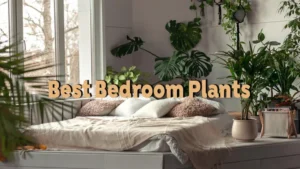




Leave your comment